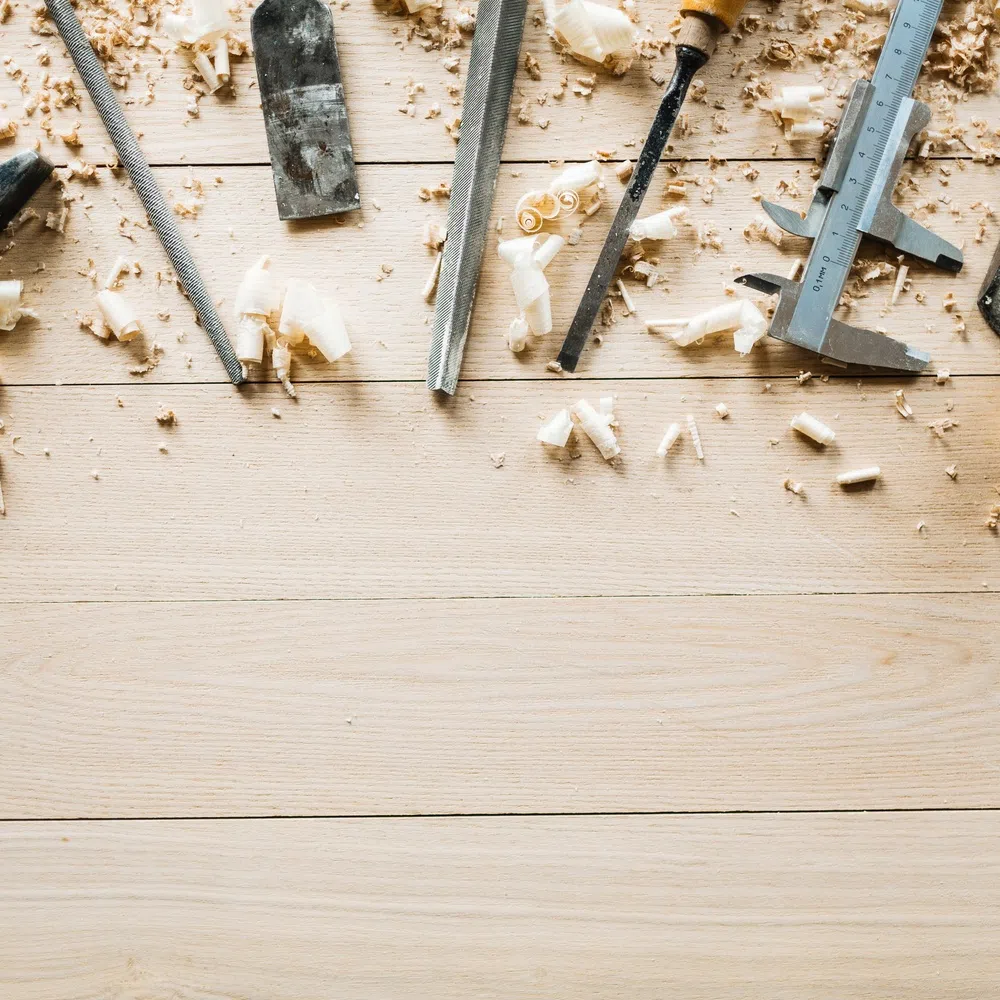Quality woodworking tools represent a significant investment. Taking care of them properly ensures they perform at their best and saves you money over time. Whether you’re working with hand tools or power equipment, a few smart habits to protect your woodworking tools can make all the difference.
Clean Your Tools After Use
Sawdust, resin, and moisture can damage your tools if left unchecked. After each project, wipe down your equipment with a clean cloth. For blades and bits, remove any buildup using a specialized cleaner or a mixture of warm water and mild detergent. Dry everything thoroughly to prevent rust from forming on metal surfaces.
Store Tools in a Controlled Environment
Humidity and temperature fluctuations wreak havoc on woodworking equipment. Store your tools in a dry space with consistent conditions. Consider these storage solutions:
- Wall-mounted racks for hand saws and chisels
- Toolboxes with foam inserts to prevent movement
- Climate-controlled cabinets for precision instruments
- Pegboards for frequently used items
Avoid leaving tools on concrete floors or in unheated garages where condensation can form overnight.
Keep Cutting Edges Sharp
Dull blades and bits force you to work harder and produce inferior results. They also increase the risk of accidents because you need more pressure to cut through material. Establish a regular sharpening schedule based on how often you use each tool. Hand planes and chisels may need attention every few weeks, while router bits might last several months between sharpening.
The lifespan of a carbide blade depends on proper maintenance and appropriate use. Carbide-tipped tools stay sharp longer than high-speed steel, but they still need care. Inspect them regularly for chips or wear and have them professionally sharpened when performance declines.
Apply Protective Coatings
Metal components benefit from a thin layer of protection against oxidation. Paste wax works well for hand tool surfaces, creating a barrier that repels moisture. Tool-specific oils protect power tool tables and fences. Apply these products sparingly and buff away any excess to avoid transferring residue to your workpieces.
Handle Tools With Care
Physical damage often stems from careless handling. Never drop tools or toss them into drawers where they can strike each other. When transporting equipment, secure items so they don’t shift during travel. Use blade guards on saws and protective caps on chisels. These simple precautions prevent nicks and chips that compromise performance.
Inspect Tools Regularly
Schedule monthly inspections to catch problems early. Check power cords for fraying, examine wooden handles for cracks, and test moving parts for smooth operation. Tighten any loose screws or bolts. Replace worn parts before they fail completely. This proactive approach prevents minor issues from becoming major repairs.
Follow Manufacturer Guidelines
Every tool comes with specific care instructions from the maker. Read these recommendations and follow them. They include important details about lubrication points, replacement intervals for consumable parts, and proper cleaning methods. Keeping manuals organized and accessible makes it easy to reference them when needed.
Protecting your woodworking tools doesn’t require excessive time or effort. These straightforward practices become second nature once you make them part of your routine. Your tools will reward you with reliable performance and years of service.
Image Credentials: By pressmaster, File 142472239




Comments